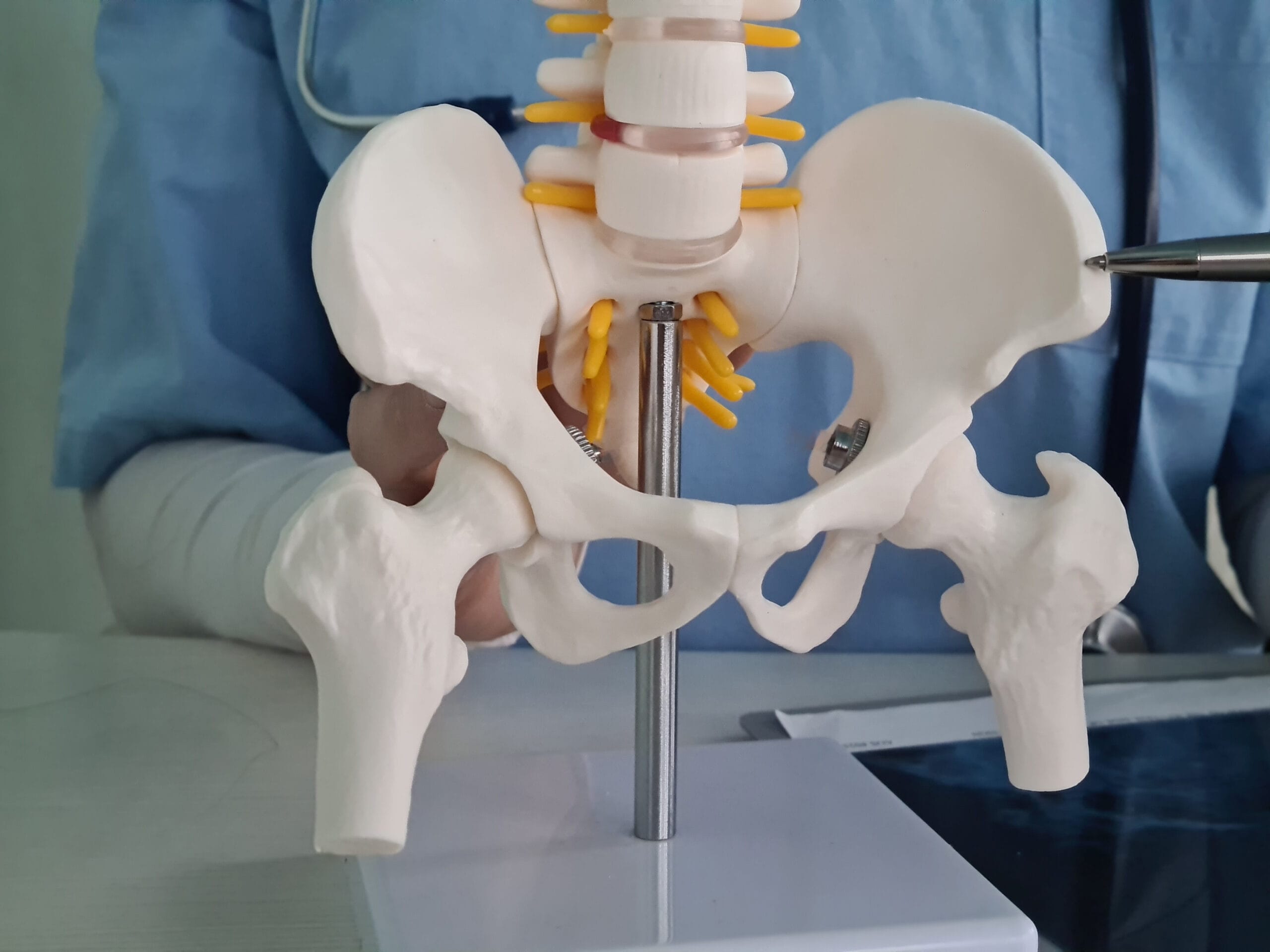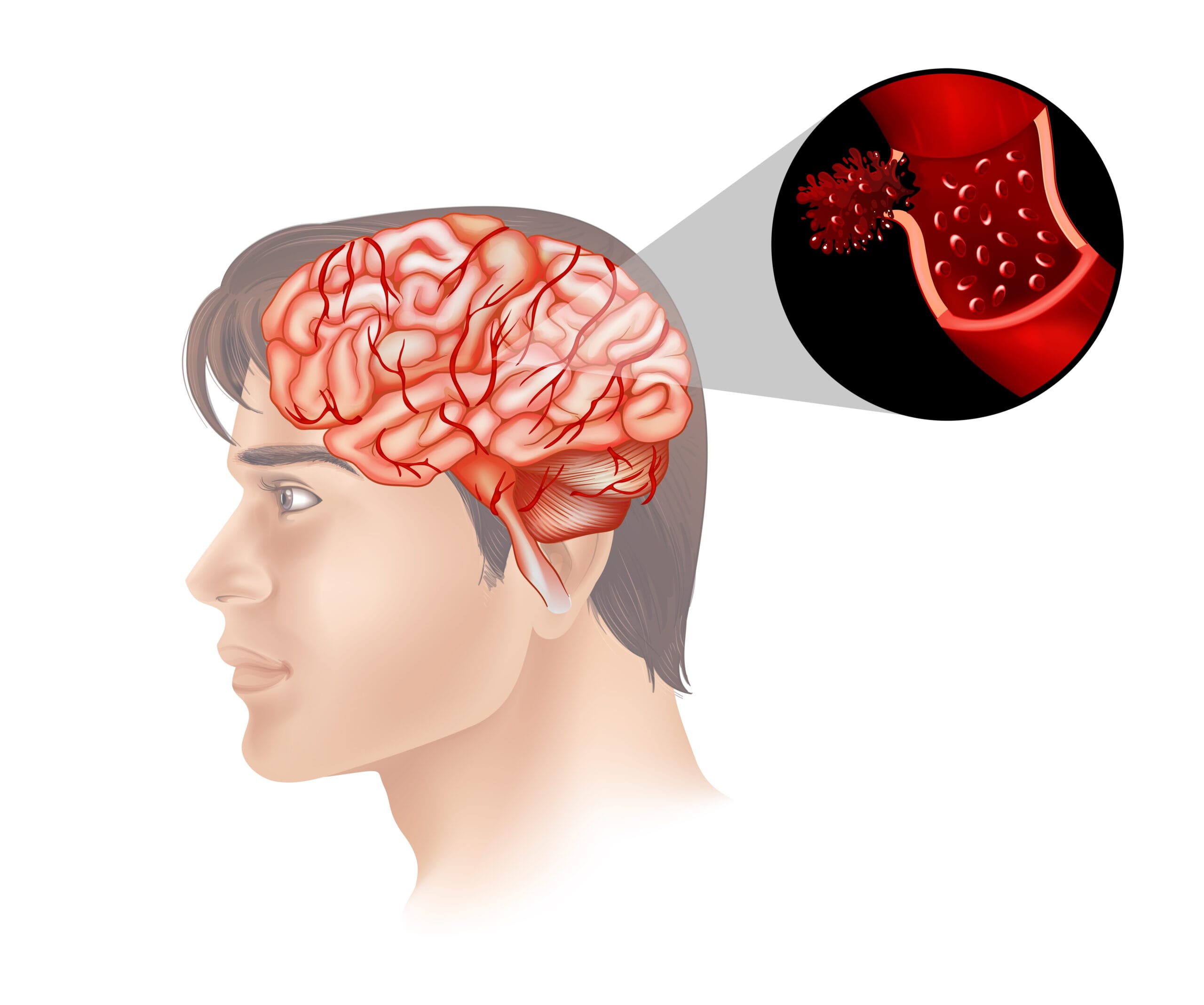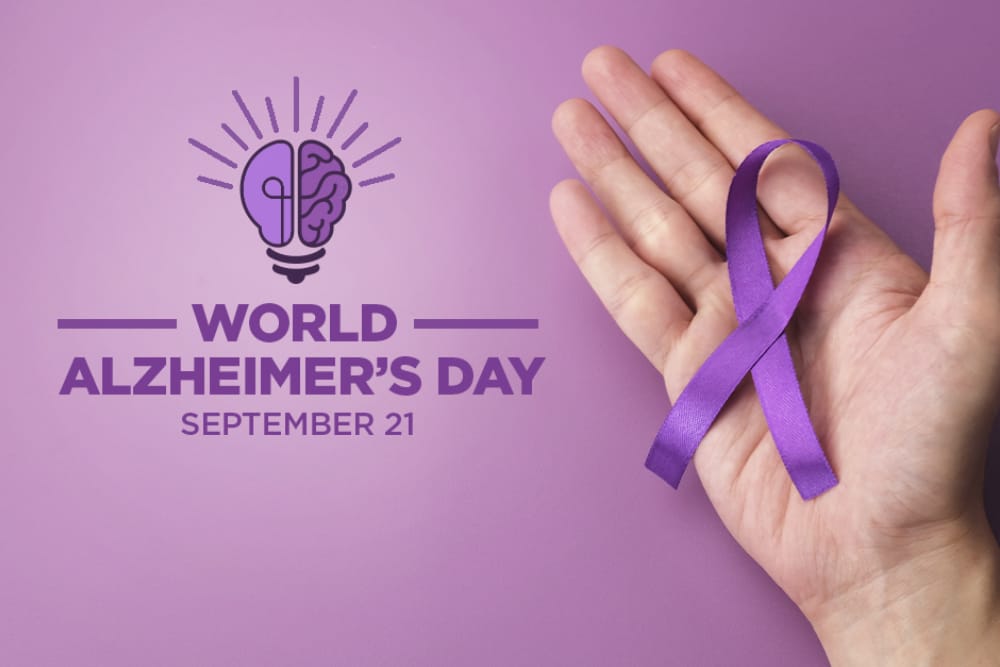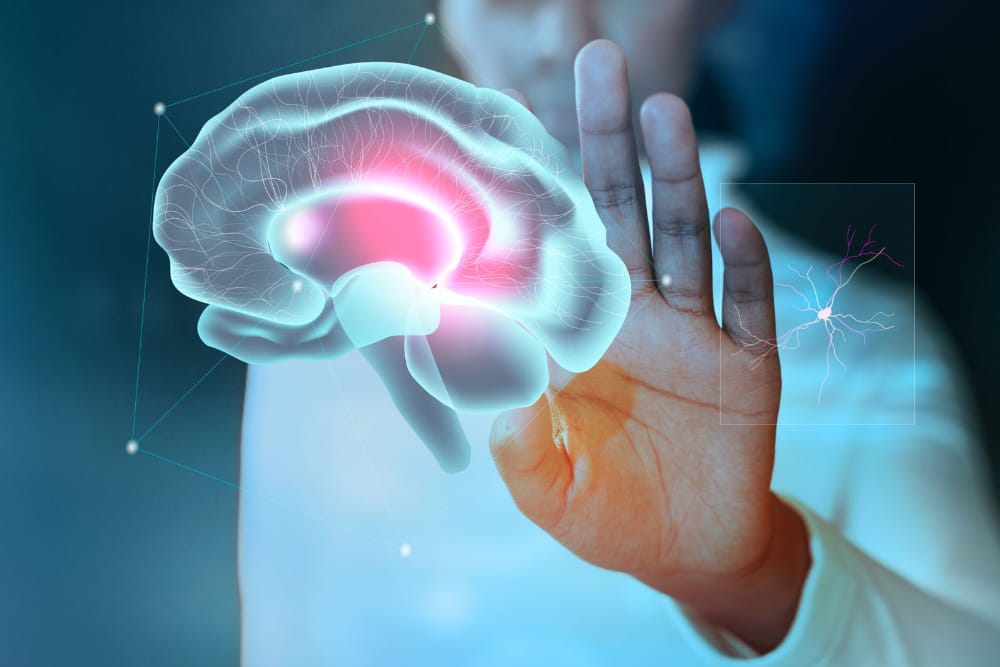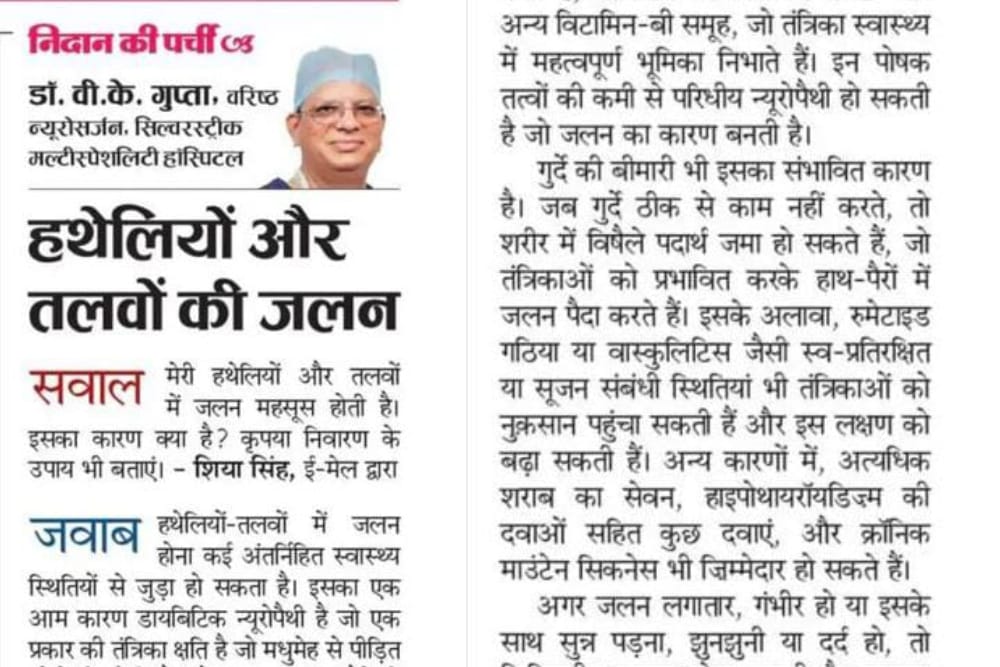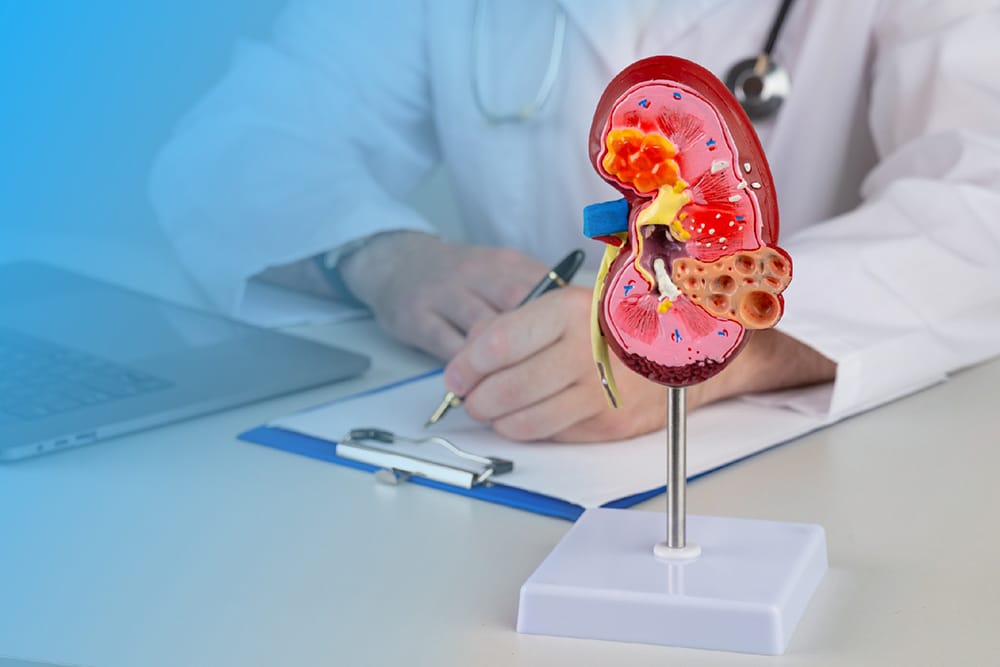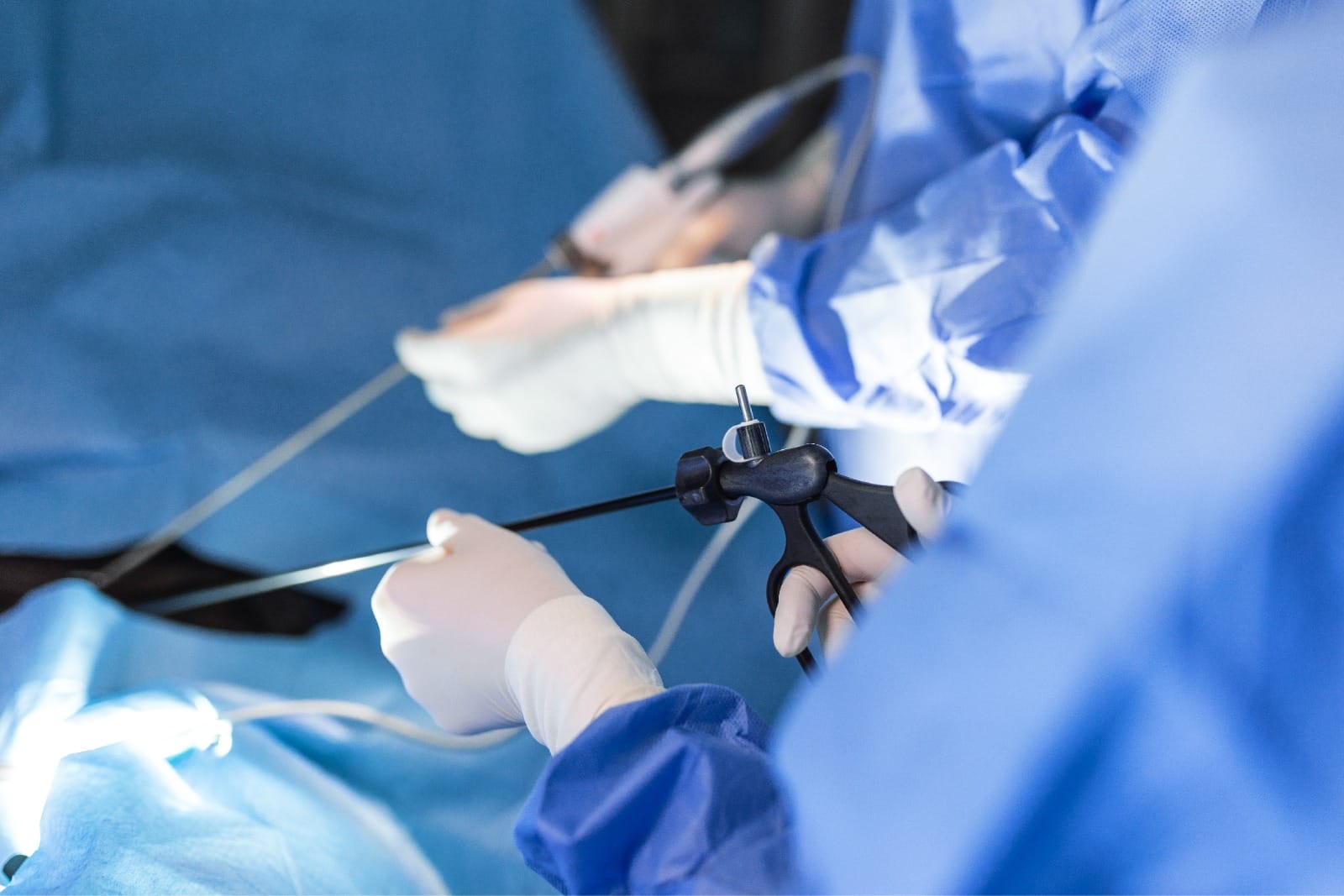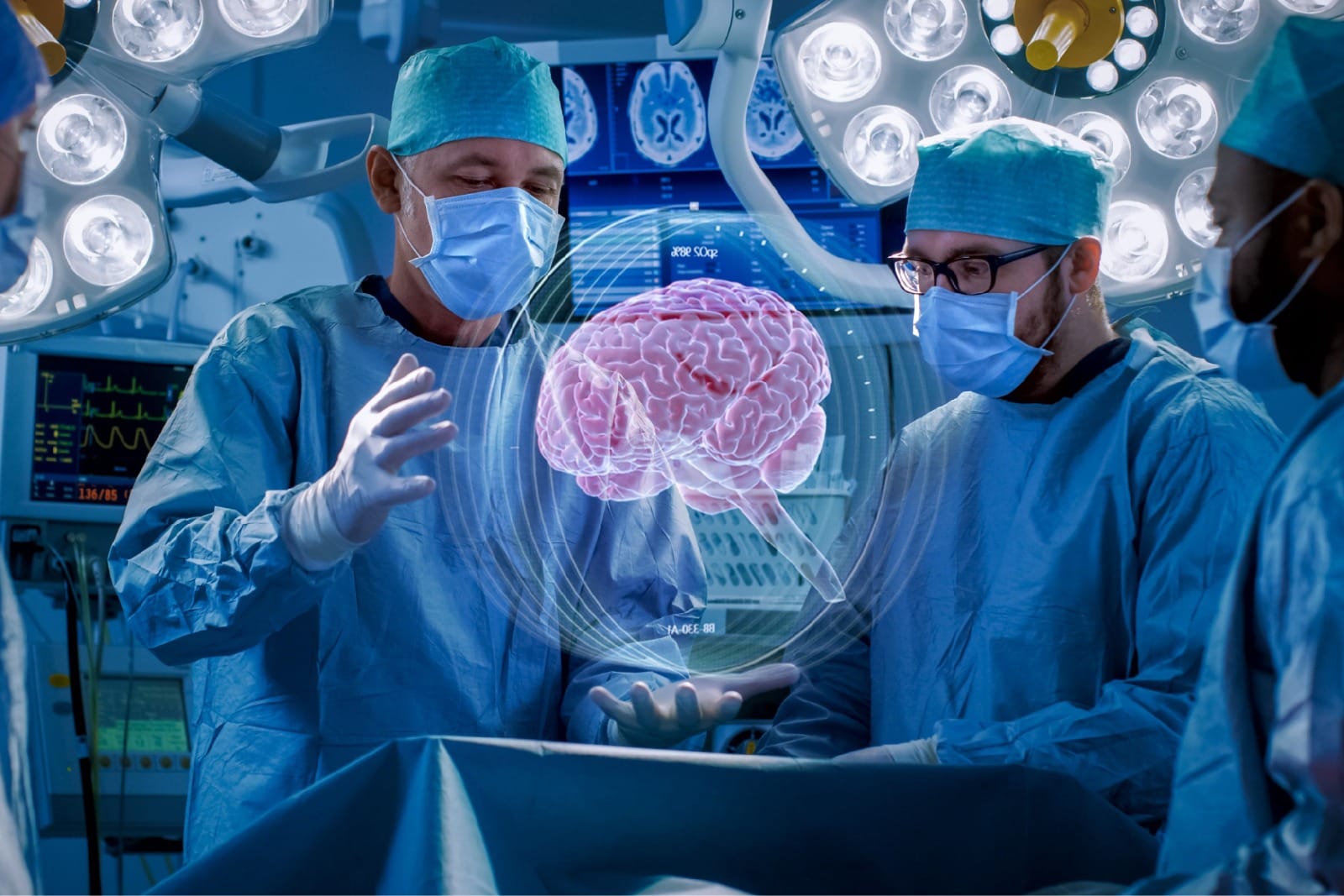Brain Clot Symptoms: Early Warning Signs, Diagnosis & Treatment
-

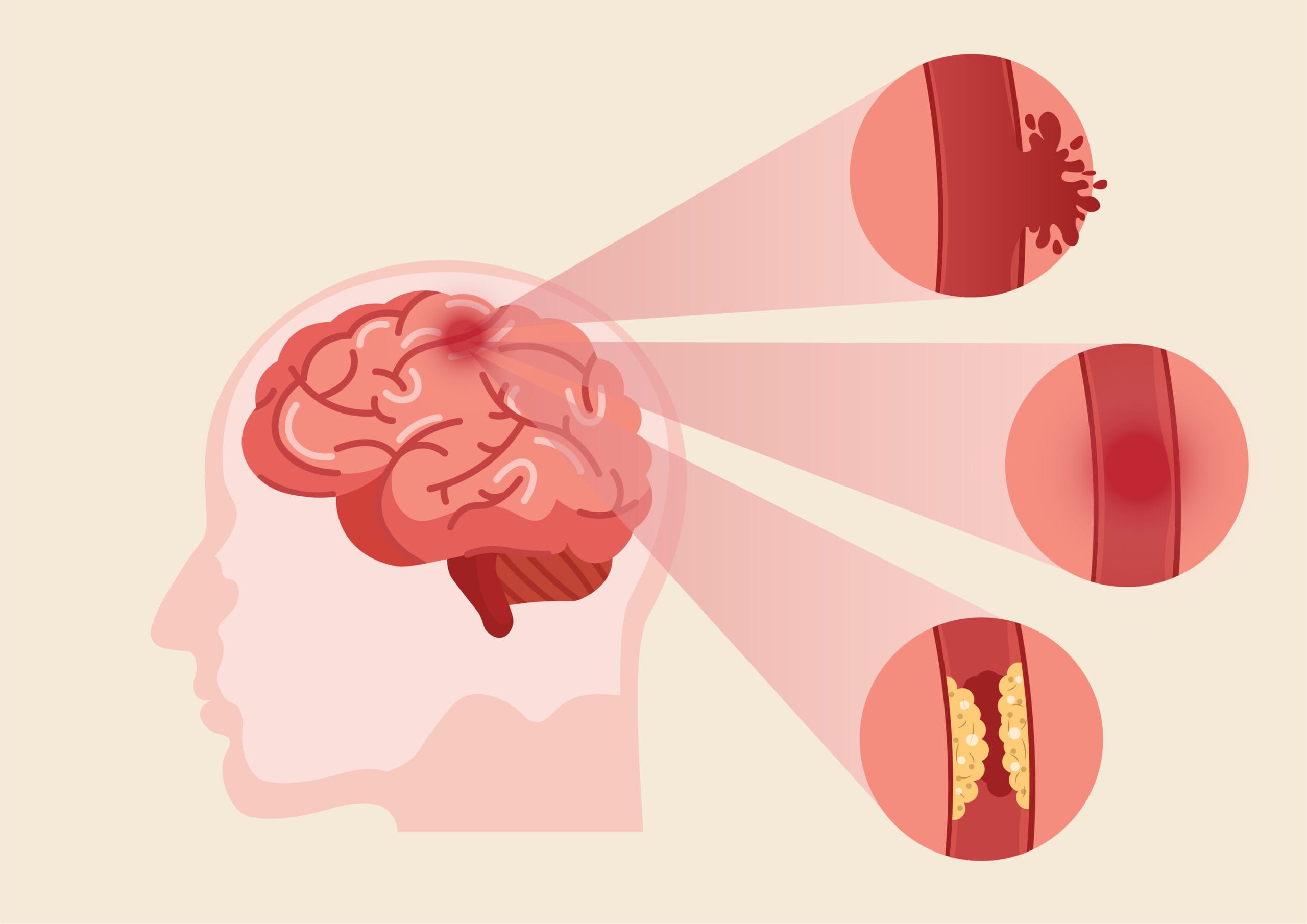
A brain clot is one of the most dangerous medical conditions because it can block blood flow to vital parts of the brain—often leading to a stroke. In India, where stroke cases are rising sharply among both older and younger adults, understanding the early brain clot symptoms is quite literally a matter of life and death.
Simply put, a brain clot occurs when a blood clot forms in or travels to the brain, cutting off oxygen supply to brain cells. If not recognized and treated on time, this can result in permanent disability or even be fatal.
At Silverstreak Hospital, our team led by डॉ. वीके गुप्ता, one of the best neurosurgeon in Gurgaon, specializes in diagnosing and treating complex neurovascular conditions like brain clots, stroke, and aneurysms using advanced imaging and interventional techniques.
In this guide, we’ll walk you through the warning signs of a brain clot, how it’s diagnosed, available treatment options, and most importantly—when to rush to a doctor. You’ll also learn how Silverstreak Hospital, Gurgaon, with its 24×7 neurology and emergency care, provides immediate support for patients at risk.
By the end, you’ll know how to recognize the symptoms early, take the right action, and reduce long-term complications.
A brain clot occurs when a blood clot forms in the brain’s arteries or veins, blocking the normal flow of blood and oxygen to brain cells. Medically, this is referred to as ischemic stroke when it involves arteries, or venous sinus thrombosis (CVST) when veins are affected.
There are several types of brain clots:
When a clot blocks blood flow, oxygen and nutrients cannot reach brain cells. This causes brain tissue damage, which may lead to permanent neurological deficits if treatment is delayed.
Brain clot vs hemorrhagic stroke: While a brain clot blocks blood flow, a hemorrhagic stroke occurs when a blood vessel ruptures, causing bleeding in the brain. Both are medical emergencies, but the underlying causes and treatments differ.
Recognizing early brain clot symptoms is crucial. They often appear suddenly and may escalate quickly:
⚠️ Red-flag / urgent signs: Loss of consciousness, sudden collapse, or extreme difficulty speaking. These require immediate emergency care.
प्रो टिप: Even subtle or transient symptoms, such as brief numbness or minor speech trouble, may signal a transient ischemic attack (TIA)—a warning that a major brain clot could follow. Don’t ignore these signs.
Understanding how brain clot symptoms develop over time is critical for quick action.
Transient Ischemic Attack (TIA / “mini-stroke”)
Why noting onset time matters:
Certain conditions and lifestyle factors increase the likelihood of developing a brain clot:
⚠️ People with multiple risk factors should undergo regular checkups and consult a neurologist if they notice any early brain clot symptoms.
Accurate diagnosis is essential for proper treatment. Doctors combine clinical evaluation with advanced imaging and lab tests:
Clinical Neurological Exam:
Imaging Tests:
Other Diagnostic Tools:
Early and accurate diagnosis allows Silverstreak Hospital’s neurology team to initiate life-saving treatment immediately, improving recovery chances and reducing complications.
Early treatment of a brain clot can save lives and prevent permanent disability. At Silverstreak Hospital, a combination of medical, surgical, and supportive care is provided:
Medical Treatments:
Surgical & Endovascular Procedures:
Managing Complications:
Rehabilitation:
Monitoring & Follow-Up:
Recovery depends on multiple factors:
Preventing brain clots involves a combination of medical care and lifestyle strategies:
Time is critical in brain clot cases. The FAST mnemonic is a simple guide:
Immediate Actions:
Why Rapid Response Matters:
Silverstreak Hospital Approach:
Recognizing brain clot symptoms early can make the difference between full recovery and permanent disability. Sudden severe headache, weakness on one side, slurred speech, blurred vision, or loss of balance are critical warning signs that demand immediate medical attention.
At Silverstreak Hospital, Gurgaon, our expert neurology and stroke care team is available 24×7 to provide rapid diagnosis, emergency stroke intervention, and comprehensive rehabilitation support.
If you or someone you know experiences sudden neurological symptoms, visit Silverstreak Hospital immediately or book an urgent consultation.
Book your appointment with our expert neurosurgeons here: Dr. V K Gupta, Best Neurosurgeon in Gurgaon
Q1: What are the earliest brain clot symptoms?
A: Sudden headache, facial or limb weakness, speech difficulties, vision changes, dizziness, confusion, nausea, or vomiting.
Q2: Can a brain clot go away on its own?
A: Small clots sometimes resolve, but medical evaluation is critical to prevent serious complications.
Q3: How is a brain clot different from a stroke?
A: A brain clot is one cause of ischemic stroke. Stroke refers to any sudden brain damage due to blocked or ruptured blood vessels.
Q4: How soon should someone seek help?
A: Immediately—preferably within the first hour of symptom onset. Time-sensitive treatments save brain tissue.
Q5: Is brain clot risk inherited?
A: Certain clotting disorders and family history can increase risk, but lifestyle and medical management play a major role.
Q6: Can lifestyle changes reduce risk?
A: Yes, maintaining a healthy diet, exercising regularly, managing chronic conditions, and avoiding smoking significantly reduce risk.




